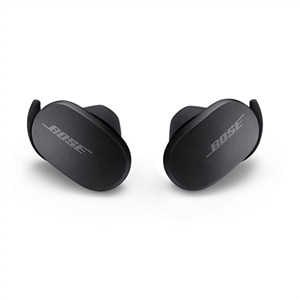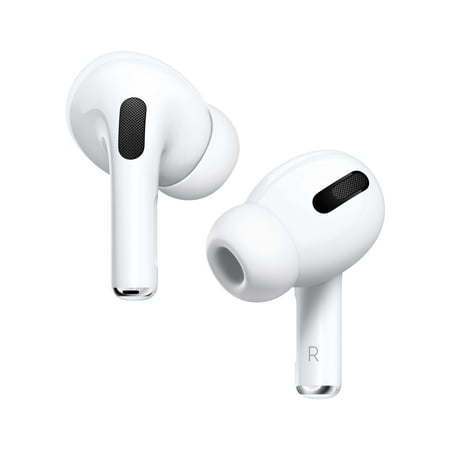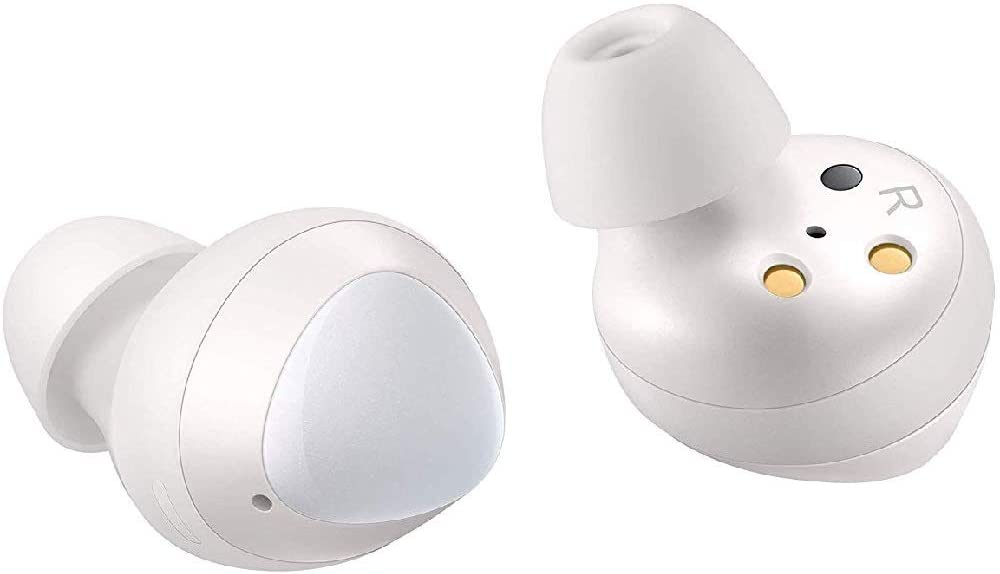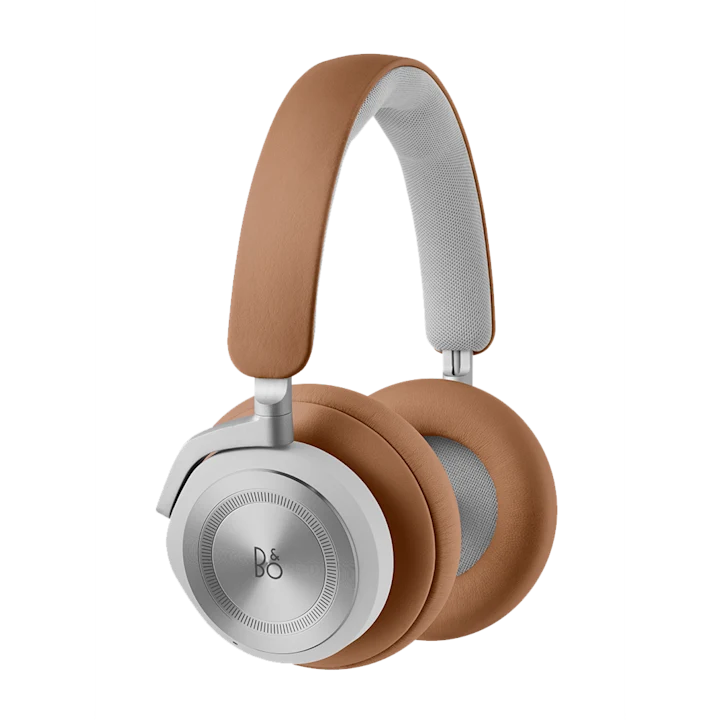Bose QuietComfort Earbuds Noise-Canceling Bluetooth Headphones (Black)
Effective noise cancellation. Acclaimed, lifelike sound. Personalize your listening experience with 11 levels of noise canceling. Full transparency for quick conversations. Secure & comfortable fit.
Better sound begins with better silence. That’s why Bose QuietComfort Earbuds are designed with breakthrough acoustic innovations and the world’s most effective noise canceling.
Using a combination of proprietary active and passive noise cancellation innovations, they provide all the noise canceling performance of the best over-ear headphones from Bose – from a compact, truly wireless earbud.
Its acoustic package is meticulously engineered to reproduce deep low notes and exciting, lifelike sound over a bed of virtual silence. As a result, you can hear all kinds of details that typically get lost, like the singer breathing between words or every note strummed on an acoustic guitar. No matter how much you change the volume, the music, videos, and voices you’re listening to remain consistently balanced because the Bose Volume-Optimized Active EQ technology automatically adjusts the lows and highs.
Whether it’s for music, videos, or podcasts, you’ll enjoy a truly compelling listening experience – from truly wireless earbuds.
- Effective noise cancellation
- Acclaimed, lifelike sound
- Personalize your listening experience with 11 levels of noise canceling
- Full transparency for quick conversations
- Secure & comfortable fit
- People will hear your voice – not the noise around you
- Your favorite features at your fingertips
- Sweat and weather resistant
- Long battery life
- A powerful charging case
- Customized control
Additional information
| Dimensions & Weight | Earphone: 3.4 in x 2 in x 1.3 in / 0.3 oz |
|---|---|
| Max Operating Distance | 30 ft |






by Steve
Very comfortable and quite
by John
I expected nothing less than Bose’s usual high quality sound. But what truly caught me by surprise was the utter silence provided by the earbud’s noise cancellation feature. It’s truly a revelation to silence the ambient noise around me when I need to concentrate, or just relax. The fit of the earbud was also a pleasant surprise. I’m not keen on sticking things in my ear canal or wearing headphones. But the earbuds are so comfortable I often forget I’m wearing them until my wife tug’s on my sleeve to get my attention and pull me back into the world the surrounds me. I’d rather be left to drift away to the dulcet tones of my earbuds, or meditative silence they afford me.
by Elaine
Bought these a few weeks back, first set one ear bud was dead on arrival with no audio, let Bose know and they immediately took care of me for a replacement. Best customer support out there!
by Wayne
This Quite comfort earbuds has excellent noise canceling system than 5 others that I own.
by Neo
My previous favorite ANC ear buds were Phiaton BT220NC. Worked wonderfully while on my riding mower or using while snow blowing. But they were not truly wireless – still love them! I got my Bose QC earbuds, and wow. They are as good as my Phiaton’s in noise cancellation but better in audio deliverance. I am impressed! Looking forward to my grass cutting and my snow clearing.